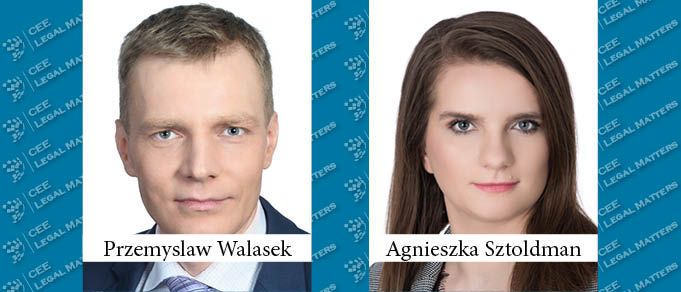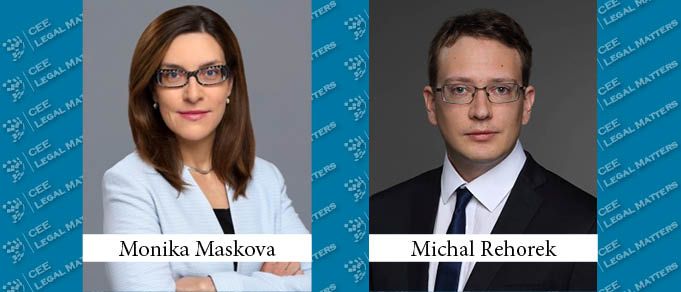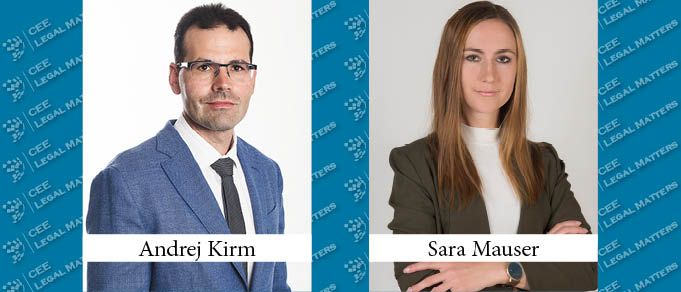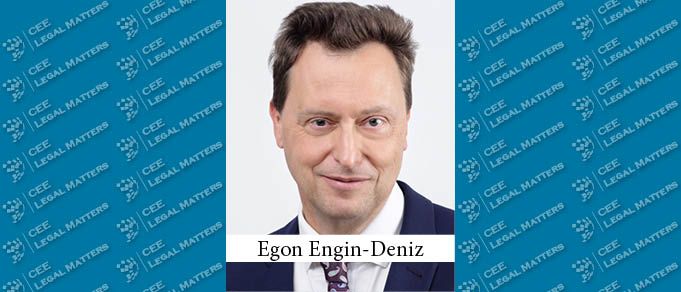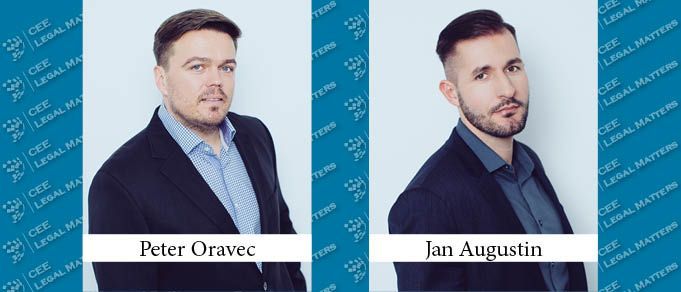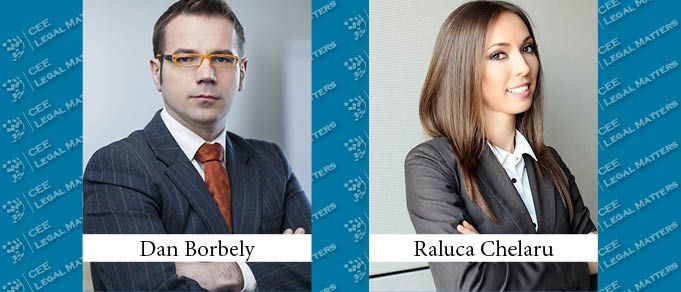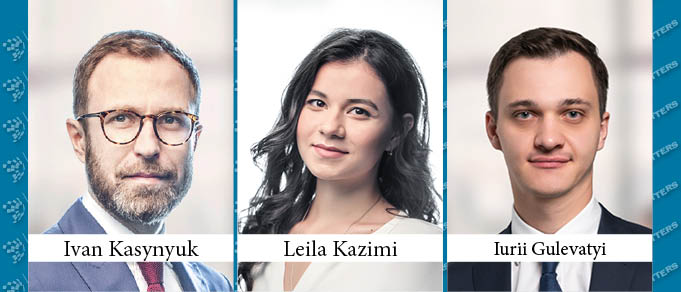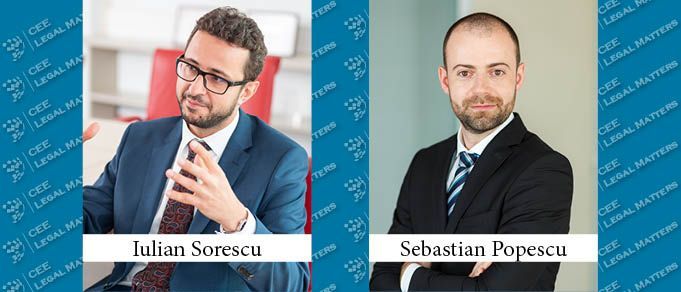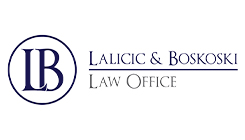It is a good time for the CEE region, and for Poland. In September 2018 Poland became the first country in CEE to be ranked as a “developed market” in the FTSE Russell index. And the Polish Life Sciences market, which had previously been driven by a transition economy dogma, has made a leap from a purely generic market to a more innovative one. A few recent developments may allow Poland to become a leader in the CEE Life Sciences industry.
Ongoing Struggle for Access to Medical Cannabis
The Czech Republic was one of the first countries in Europe to allow the use of cannabis for medical purposes. This was achieved in 2013 by means of an amendment to the Act on Pharmaceuticals, which was subsequently implemented by the “Cannabis Regulation.” Despite this, access to medical cannabis still remains difficult for many patients.
Cannabidiol: Is CBO in Medicinal Products, Novel Food, and Cosmetics Welcomed or Simply “The Devil” If Used at All?
The Supreme Court of Cassation in Italy has recently rendered a decision that products containing Cannabidiol (CBD) shall be prohibited from being marketed on the Italian market, even if they contain less than 0.2% of the psychoactive substance Tetrahydrocannabinol (THC). The sale of such products had previously been permitted based on an amendment to the law regulating hemp production that removed the requirement to obtain a permit for “cannabis light.” This led to a “cannabis light boom.” The change was triggered based on the opinion of the Highest Italian Sanitary Council that even such “cannabis light” products could conceivably endanger human health. Following the Supreme Court of Cassation’s ruling, only products specified as medicinal products or certain agricultural varieties may be sold.
Why Should One Invest in Estonian Agriculture?
Estonia is probably best known for its IT businesses and startups. At the same time its population density is among the lowest in Europe, which means that forestry and agriculture are also topics to look into. Due to the country’s geographical location and climate, Estonia is well-suited for dairy farming, and the Estonian islands and seaside regions are also very good for beef cattle farming. Agricultural subsidies provided by the European Union and the Estonian government have resulted in some of the most modern dairy production facilities in the world, making the Estonian average cattle herd size the second-highest in Europe. As a result of state-of-the-art genetics, the average milk production per cow is over 9,300 kilos per annum – the second highest result in Europe, right after Denmark. As a consequence, foreign investors have turned to Estonia for investment possibilities. Here we would like to look more into the possibilities of investing in Estonian agriculture and what to bear in mind.
Anticipated Changes in the Regulation of Slovenian Agricultural Land
Structural changes are being proposed to Slovenia’s agricultural land policy to incentivize young farmers to purchase and lease agricultural land and increase food self-sufficiency. Many companies strongly oppose some of these proposals.
Regulated Industries and Non-Exhaustion of IP Rights in the Course of Parallel Trade
In a recent case involving parallel-imported agrochemical products, the District Court of The Hague ruled that non-compliance with the requirements laid down by the European Court of Justice (CJEU) for parallel import of relabelled products displaying the original right-holder’s trademark constitutes trademark infringement, particularly if the right-holder is not properly notified of the parallel import and is not offered a sample of the relabelled product on request. This decision shows that the requirements for parallel import are applied strictly by the courts and have a broad scope (not limited to pharmaceutical products), allowing the mark-holder to exercise control over the resale, re-labelling, and re-packaging of its original products within the EU.
Food Trade in Slovakia Will Have New Rules
On March 28, 2019 the Slovak parliament adopted Act No. 91/2019 Coll. on Unfair Conditions in Food Trade, which completely replaces previous legislation on the subject.
Adventures in Bringing a Novel Tobacco Product to Market
The tobacco products market is heavily regulated in the Czech Republic, as it is across the European Union. A key document is the Tobacco Products Directive (2014/40/EU), which sets out a uniform, detailed framework for all EU member states. The TPD thus provides substantial direction regarding tobacco regulation, tobacco products, and electronic cigarettes, as well as novel tobacco products. It includes comprehensive definitions of various types of tobacco products and regulates their labeling and packaging, mandatory health warnings and security features, and how to place them on the EU market.
Growing Cannabis in Bulgaria: “Is It Legal?!” or “Are You Stoned?!”
Bulgarian legislation on the legal cultivation of cannabis could make for interesting reading. Some readers might feel that the regulations and definitions are “the most hilarious things ever.” This ar-ticle aims to show why.
Challenges to Agricultural Policy Objectives of the EU
The agricultural sector in the European Union is facing an increasing number of legal and regulatory challenges, in contexts which are genuinely multidisciplinary.
Legal Regulations Against Division of Agricultural Lands by Inheritance Under Turkish Law
Preventing the division of agricultural lands is important in preserving quality in the sector and ensuring the continued contribution of agriculture-related income to the domestic economy. As a result, every positive step taken in the agriculture sector creates a similarly positive movement in the economy. Among the most important steps taken in this regard in Turkey were the 2014 amendments to the Law on Soil Protection and Land Use No. 5403, including to the definitions of “minimum agricultural land size” and “agricultural land size of sufficient income,” affecting the division of inherited agricultural land and transfers of ownership of agricultural lands with designated sizes.
Agriculture, Farming, Agri-Business in Romania
Over 77% of the European Union’s territory is classified as rural (47% is agricultural land and 30% is forest). The numbers are little different in Romania, where around 81% of the territory is rural (approximately 50% is agricultural land and over 31% is forest cover).
Ukrainian Trade English Style
Ukraine is a leading producer and exporter of agricultural products, and agribusiness is the driving force of the country’s economy, as almost 40% of overall foreign currency earnings which come in to the state budget relate to agricultural exporters. The industry grows every day, engaging ever-more investments from both national and foreign participants. Nonetheless, the relevant logistics and infrastructure requires improvement, as does the quality of applicable legal framework.
The Reform of the Moldovan Civil Code and its Impact on the Financing of Agribusiness in Moldova
Major developments in 2018 and 2019 have affected the growth of the agricultural industry and agribusiness in Moldova. Key among these developments was the March 1, 2019 adoption of the restated Moldovan Civil Code, which significantly affected the parts of the Moldovan legal framework relevant to businesses.
Practical Issues Regarding the Freezing and Confiscation of Instrumentalities and Proceeds of Crime
At the European Community level there have been numerous regulations related to asset freezing and confiscation, the most recent being Directive 2014/42/EU of the European Parliament and of The Council on the freezing and confiscation of instrumentalities and proceeds of crime in the European Union (the “Directive”).
GDPR Disruption of Common Business Practices - Processing Personal Identification Numbers in Romania
The Romanian personal identification number (“cod numeric personal” in the Romanian language) is a unique and general identifier that is assigned to each individual at birth and appears on most personal documents, including birth certificates and identity cards. The number remains unchanged throughout an individual’s life.
Incentives for Investments in Romania
State aid has always been a success story in Romania, with a lot of companies developing medium-sized investment projects based on money coming from Romanian authorities. And the success story continued through 2018 and into 2019. But let’s look at this story from the beginning.
Equitable Price of Mandatory Bids: The Romanian Approach
Natural or legal persons directly or indirectly acquiring shares granting more than 33% of the vot-ing rights in a Romanian listed company are required to make a bid as a means of protecting the company’s minority shareholders. Under the European legal framework, the offeror must address that bid to all minority shareholders, offering to purchase all their holdings at an equitable price.

